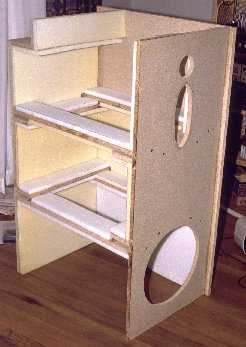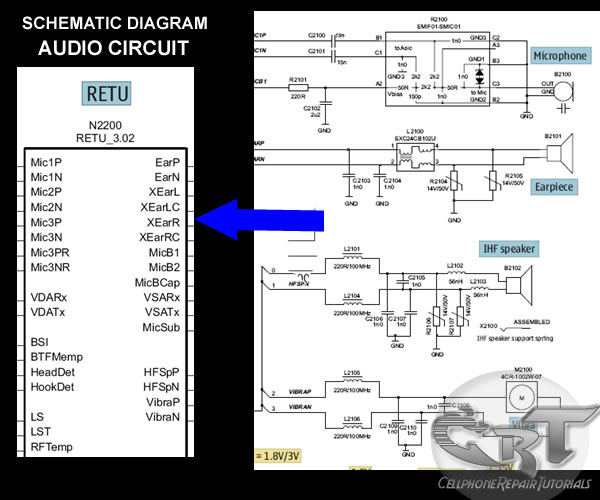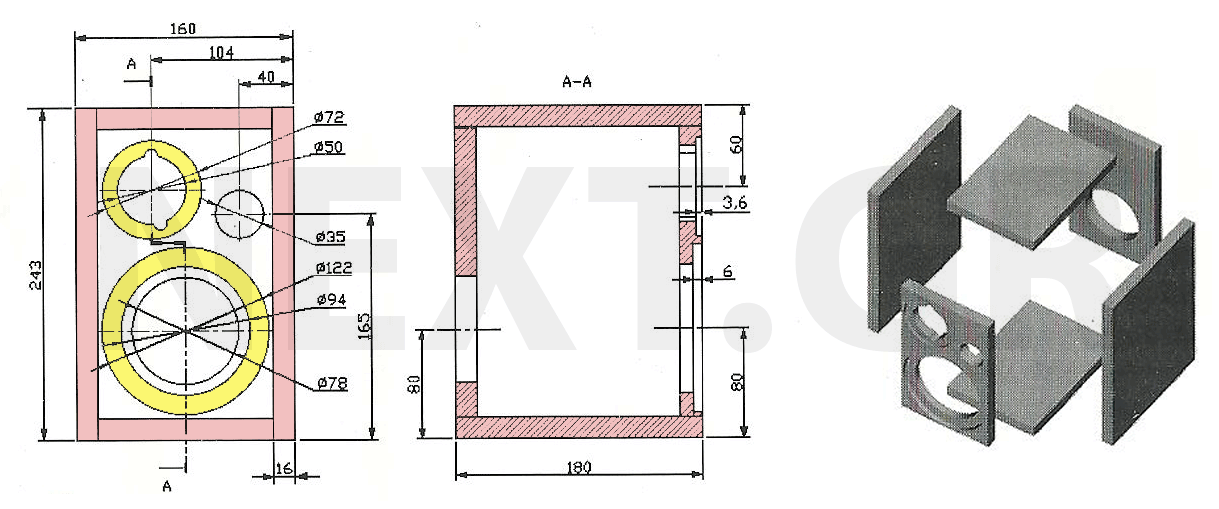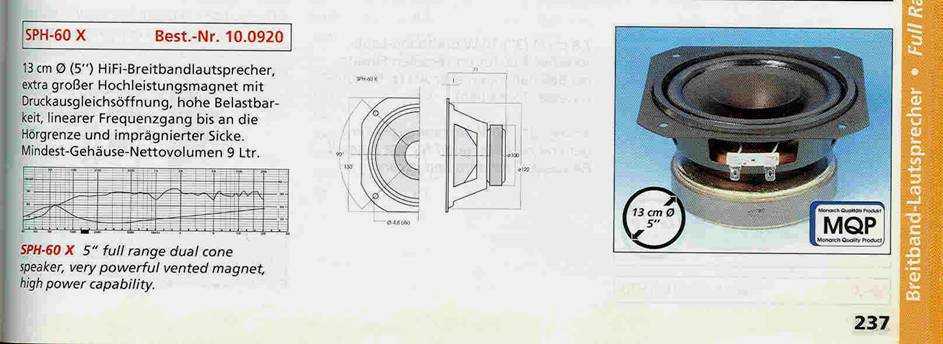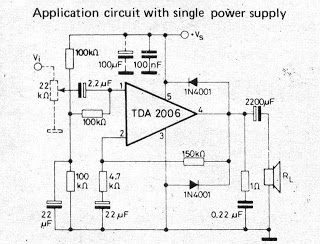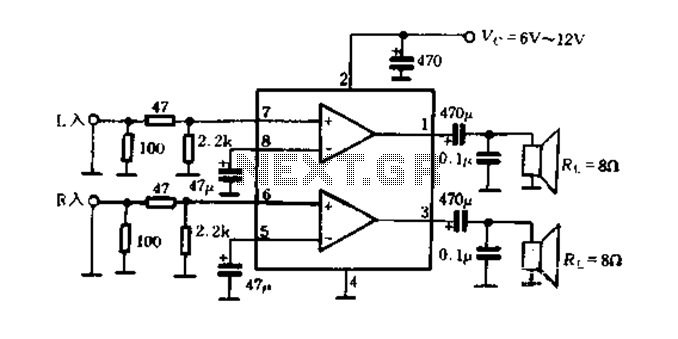
Speakers

Attribution is required to give credit to the author or licensor of the work, as specified, without implying endorsement of the user or their use of the work. This file includes additional information, such as EXIF metadata, which is likely added from the digital camera or scanner used to create or digitize it. If the file has been modified from its original state, some details may not accurately represent the modified file. The timestamp is only as reliable as the clock in the camera and may be incorrect.
In the context of digital imaging, EXIF (Exchangeable Image File Format) metadata plays a crucial role in providing essential information about the image file. This metadata typically includes details such as the camera make and model, exposure settings, date and time of capture, GPS location, and other technical parameters. Understanding and utilizing EXIF data is vital for photographers and digital content creators as it can aid in organizing, managing, and editing images.
When working with digital files, it is important to maintain the integrity of the original metadata, especially when modifications are made. Changes to the image, whether through editing software or conversion processes, can alter or strip away valuable EXIF data, potentially leading to loss of context regarding the image's creation. This is particularly significant in professional settings where accurate documentation of photographic work is necessary.
Furthermore, the timestamps embedded in the EXIF data are derived from the camera's internal clock. Users should be aware that these timestamps can be inaccurate due to various factors, including battery replacement, time zone settings, or incorrect initial settings. Thus, relying solely on these timestamps for chronological organization of images may lead to errors.
In conclusion, while attribution is a legal and ethical obligation in using someone else's work, understanding and preserving the associated metadata, including EXIF data, is essential for maintaining the authenticity and context of digital images. Proper management of this information ensures that users can accurately represent their work and respect the rights of original creators.attribution You must attribute the work in the manner specified by the author or licensor (but not in any way that suggests that they endorse you or your use of the work). This file contains additional information, such as EXIF metadata, probably added from the digital camera or scanner used to create or digitize it.
If the file has been modif ied from its original state, some details may not fully reflect the modified file. The timestamp is only as accurate as the clock in the camera and may be completely wrong. 🔗 External reference
In the context of digital imaging, EXIF (Exchangeable Image File Format) metadata plays a crucial role in providing essential information about the image file. This metadata typically includes details such as the camera make and model, exposure settings, date and time of capture, GPS location, and other technical parameters. Understanding and utilizing EXIF data is vital for photographers and digital content creators as it can aid in organizing, managing, and editing images.
When working with digital files, it is important to maintain the integrity of the original metadata, especially when modifications are made. Changes to the image, whether through editing software or conversion processes, can alter or strip away valuable EXIF data, potentially leading to loss of context regarding the image's creation. This is particularly significant in professional settings where accurate documentation of photographic work is necessary.
Furthermore, the timestamps embedded in the EXIF data are derived from the camera's internal clock. Users should be aware that these timestamps can be inaccurate due to various factors, including battery replacement, time zone settings, or incorrect initial settings. Thus, relying solely on these timestamps for chronological organization of images may lead to errors.
In conclusion, while attribution is a legal and ethical obligation in using someone else's work, understanding and preserving the associated metadata, including EXIF data, is essential for maintaining the authenticity and context of digital images. Proper management of this information ensures that users can accurately represent their work and respect the rights of original creators.attribution You must attribute the work in the manner specified by the author or licensor (but not in any way that suggests that they endorse you or your use of the work). This file contains additional information, such as EXIF metadata, probably added from the digital camera or scanner used to create or digitize it.
If the file has been modif ied from its original state, some details may not fully reflect the modified file. The timestamp is only as accurate as the clock in the camera and may be completely wrong. 🔗 External reference
Warning: include(partials/cookie-banner.php): Failed to open stream: Permission denied in /var/www/html/nextgr/view-circuit.php on line 713
Warning: include(): Failed opening 'partials/cookie-banner.php' for inclusion (include_path='.:/usr/share/php') in /var/www/html/nextgr/view-circuit.php on line 713
